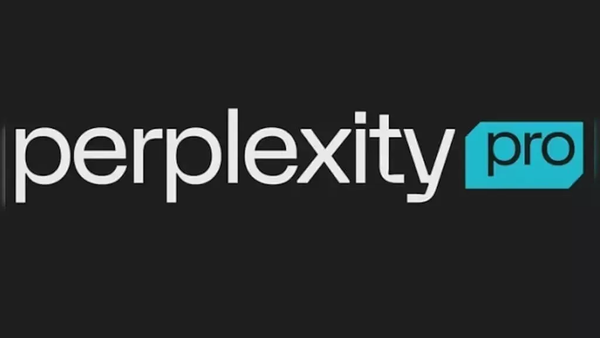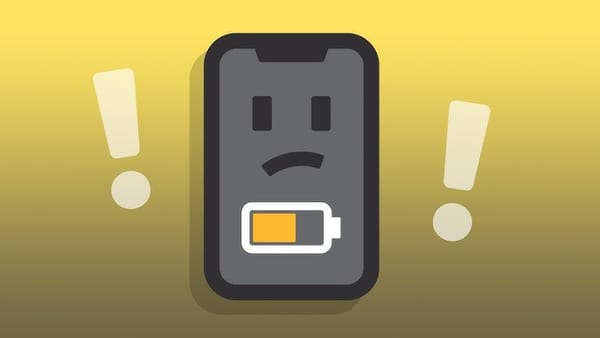AI Isn’t Taking Over — But Here’s What It’s Really Doing
Discover how AI is transforming industries and elevating human potential — without replacing us in tomorrow’s tech-driven workplace.

ChatGPT Isn’t Taking Over — But Here’s What It’s Really Doing
Imagine a world where your to-do list handles itself, your devices learn from you faster than you can adapt, and each passing day feels like it’s scripted by sci-fi authors.
That’s the promise — and the threat — of artificial intelligence.
Some see it as a job-stealer poised to upend entire industries, while others hail it as humanity’s next big leap forward.
So which is it? In this article, we’ll cut through the buzz to show what AI truly is, where it’s heading, and whether it’s truly about to change everything as we know it.
Table of Contents:
- AI in it’s Infancy
- Current Use Cases
- Debunking the Takeover Fears
- Long-Term Potential vs. Current State
- Ethical Considerations and Societal Ramifications
- Conclusion
AI in it’s Infancy
Artificial intelligence, especially large language models and chatbots like ChatGPT, Claude, Gemini, Grok, and the newcomer Deepseek, is a relatively fresh innovation.
While AI existed in various forms before this wave of conversational tools, we’re focusing on the more recent developments that emerged over the past four or five years such as text-to-video, text-to-image, and other sophisticated features that have caught the public eye.
Even though these chatbots have already achieved astonishing milestones, they remain in the early stages of their evolution.
A phrase often repeated in AI circles is “this is the worst it’s ever going to be,” implying that exponential improvements are just getting started.
If what they can do now is this impressive, it’s reasonable to wonder where AI might be in 10, 20, or even 30 years.
Current Use Cases
The most familiar example is the chatbot interface: you type a prompt, and the AI responds in a fluid, seemingly conversational style.
This capability goes beyond traditional search engines like Google because the system can maintain context and “chat” with you, refining its answers in real-time.
Beyond conversation, there are several other standout uses.
Coding assistance is one of the most striking; many chatbots can write snippets of code, debug errors, or even build rudimentary programs. Some see this as a sign AI might replace developers, while others argue it simply accelerates programming by handling more repetitive tasks.
Data interpretation and analysis offer another promising frontier. Although not everyone leverages AI for intense data crunching, these tools can analyze large datasets, generate concise summaries, and even visualize information.
In a similar vein, AI can perform complex calculations on demand, though this is less revolutionary given the abundance of calculators and specialized apps.
Documentation and link summarization showcase a practical side of modern AI: you can feed it a PDF, link, or image and receive summaries or specific insights tailored to your request.
Likewise, translation and localization have improved dramatically, letting these models translate or refine text in multiple languages with remarkable accuracy.
New features continue to emerge, such as voice conversation, vision-based interaction (where the AI “sees” through your device’s camera), and deeper web research.
Text-to-video, text-to-image, and text-to-audio tools expand these capabilities further. While all of this is innovative, it remains grounded in tasks that still depend on some level of human direction.
Debunking the Takeover Fears
Although these technologies have evolved at a staggering pace, they are ultimately still tools — somewhere on par with a calculator or Google in terms of practicality.
They excel at streamlining workflows and reducing repetitive tasks but rely heavily on user input for direction, curation, and quality control.
While new features seem to arrive weekly, the domain of their real-world impact is still constrained: their ability to truly act on our behalf beyond digital spaces remains in its infancy.
The potential for more independent AI “agents” capable of operating autonomously is enticing, yet will require significant development before these systems can be reliably and responsibly deployed.
For now, the most effective way to benefit from AI is to view it as a powerful assistant, one that amplifies human capability but doesn’t replace the need for informed judgment, expertise, and oversight.
Long-Term Potential vs. Current State
The rapid advancement of large language models has already opened up unprecedented possibilities, yet there remains significant room for further growth.
With hindsight, it seems inevitable that these systems would first master tasks involving abundant data — like the billions of posts and comments found on social media — followed by work with images, video, and audio.
As technology continues to evolve, we can expect artificial intelligence to move ever more decisively into domains where tasks are repetitive or formulaic, such as copywriting, customer support, and basic project management.
Of course, we can expect, any position that relies on routine outputs is likely to be automated first.
The question, then, is how we should respond. While there is no universal solution, being adaptable is the most crucial.
Those who learn to integrate AI into their daily workflows will be better equipped for the future, just like mathematicians embraced calculators and researchers adopted search engines.
Although these tools may automate basic tasks, they do not eliminate the need for expert oversight or higher-level thinking.
Much like a calculator frees mathematicians to focus on complex problems, AI can handle repetitive duties so people can channel their skills into more nuanced and creative work.
Ethical Considerations and Societal Ramifications
Despite the transformative potential of AI, its rapid growth sparks legitimate ethical concerns.
Many people are already anxious about the prospect of an AI “takeover,” fearing not just job displacement but a broader uncertainty about the future.
Meanwhile, nations — particularly those aiming to lead in AI research — are pouring resources into development, often without clear frameworks to govern the technology’s broader societal impact.
A central question involves data ownership and consent: when AI systems are trained on massive datasets scraped from the internet, who truly owns the resulting creations?
Individuals and companies alike may feel their content is used without proper credit or compensation.
Beyond intellectual property, job displacement looms large; repetitive, easily automated roles are most at risk, but even skilled positions could eventually be affected.
Laws and regulations have struggled to keep pace with AI’s acceleration. The United States, for example, is making attempts to legislate AI but often lags behind its breakneck advancements.
Europe, on the other hand, has taken a stricter stance through far-reaching regulations that, while addressing privacy and ethical concerns, may hinder the speed of development and deployment.
Striking the right balance between innovation and oversight remains a global challenge, and will likely require ongoing collaboration among governments, private sectors, and the broader public.
Conclusion
AI isn’t here to replace human ingenuity — it’s here to amplify it. If your role stands on the brink of automation, that vulnerability likely existed long before artificial intelligence came onto the scene.
The true opportunity lies in learning to work with AI as a force multiplier for your existing skills, using these tools to streamline tasks and free up mental bandwidth for creativity, strategy, and deeper problem-solving.
Those who embrace AI, rather than fear it, will discover new ways to innovate and remain indispensable in a world increasingly shaped by technological progress.
By integrating AI into your daily workflow — training it, guiding it, and collaborating with it — you position yourself at the forefront of this transformation.
Ultimately, your adaptability and willingness to engage with AI are what will keep you relevant, productive, and leading the charge in a rapidly shifting global landscape.
Embracing AI early and figuring out how it fits into your existing skill set will likely be the key to staying ahead in a rapidly shifting workforce.



